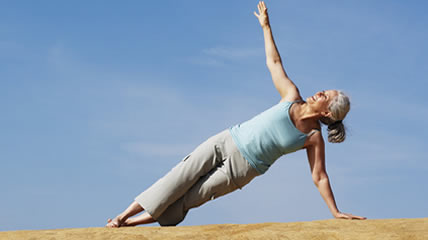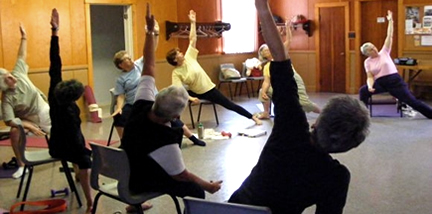
“How lucky,” we thought. Our plane had arrived early in Baltimore after our 4 ½ hour flight from Las Vegas. Our luggage tumbled onto the carousel with no wait. We called the nearby hotel where we had left our car a week earlier, and the receptionist assured us it would only be a short wait for the van to pick us up.
Our journey visiting children and grandchildren had taken us to the sun and warmth of Los Angeles and Las Vegas. As we stepped into the Baltimore late afternoon, I was glad I had chosen my ‘smart wool’ socks and shoes to wear home, rather than sandals.
Perhaps 15 or 20 minutes passed before the white Ramada Inn van pulled up to the curb of Number 1 Area, and a smiling driver hopped out. As he opened the back of the van and lifted one bag, and then the other inside, we felt close to end of our journey.
We were ready to slip into the warm van as the driver walked to the passenger side door to open it for us. But the door was locked. The driver walked around the van to his door, and even before he said a word I knew. Locked. Back door. Locked. And, the van was running with the keys safely locked inside.
The driver assured us this had never happened to him before, and you could tell he was really upset. I tried to comfort him by telling him the story of how my husband had done the same thing one time. Except the car was a rental car, and it was parked at a Target in Los Angeles, running. Things had worked out there.
But things weren’t working out here. The hotel desk told the driver that no one was available to bring another set of keys to the airport. My husband and driver stood around a little longer, talking, until my husband decided to call the hotel desk. Using what can best be described as his stern Marine sergeant voice, he told the receptionist that they had to get someone to bring the keys. And about that time, a family with 2 kids showed up, luggage in tow, also needing a ride to the Ramada Inn where their car was parked. They were in sandals, and it was getting chillier.
“Someone’s bringing the keys,” the driver finally announced, and he suggested we go inside the terminal, where it was warm, and come back out in about 15 minutes. Of course, all of us took him up on his suggestion. But when we came back out, the keys had not yet arrived. So we waited some more.
When an Inn employee pulled up to Area 1 and handed keys to our driver, we thought ourselves delivered. But when our driver tried the key, it was clearly not to our van. Our driver, now as frustrated as we were, slipped into the black SUV with the Inn staff person and returned to the hotel to find the correct set of keys.
I consider myself a pretty patient person, but annoyance had started to flicker inside me. After our driver disappeared into the early evening airport traffic, I went back into the terminal, sat down, and began to think about patience. Patience just doesn’t happen, I thought. What allows us to feel patience?
Obviously, we make a choice. For I could stand outside in the cold my hands in my pockets, cussing the incompetence of the driver, the van, the Inn and the entire hotel industry. Or I could sit in the terminal, where I was warm, pick up some crackers, fruit and water at a nearby kiosk, and read my book until the driver returned.
What made the difference was my decision to accept the situation and make myself comfortable as I waited rather than expend my mental and emotional energy on something I could not fix. And, I was lucky. There was a place to be comfortable as we waited.
In the end the driver returned, opened the van, and safely chauffeured us back to our cars, so we could begin the final leg of our journey home.
For me this experience was a lesson on the nature of patience. Cultivating patience requires accepting the reality of a situation for what it is, especially if it is not what we would choose. Acceptance allows us to decide a course of action based upon the circumstances that exist. And, that means our course of action is more likely to have positive results, and our bodies, minds and emotions less stress and greater calm.




 Can we ever really live detached from what we love deeply?
Can we ever really live detached from what we love deeply? If you had asked me what yoga was after my first year of taking weekly classes, most likely I would have said it was doing special poses so you felt good, relaxed and stronger, and were healthier. Later, after I had started reading a little about yoga, I might have added something like, “finding your true self” (whatever that was).
If you had asked me what yoga was after my first year of taking weekly classes, most likely I would have said it was doing special poses so you felt good, relaxed and stronger, and were healthier. Later, after I had started reading a little about yoga, I might have added something like, “finding your true self” (whatever that was).